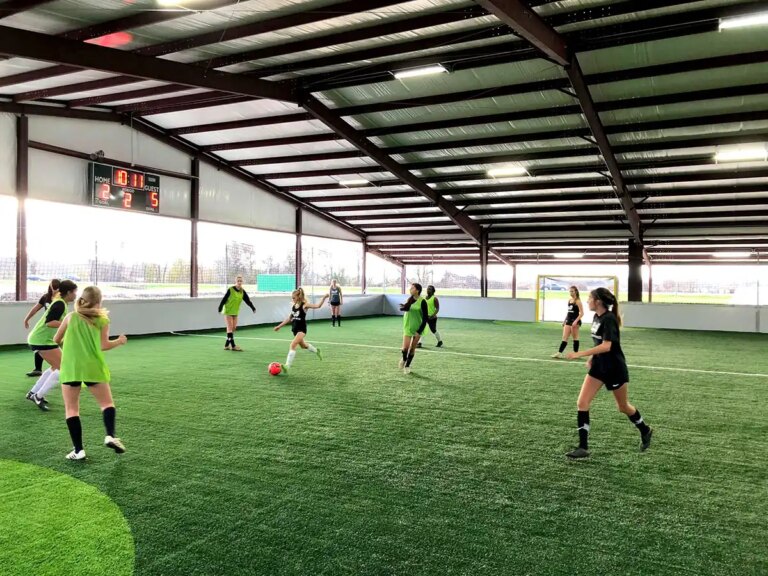Popularly known as the 11th law in football, the offside rule is one of soccer’s most misunderstood yet fundamental rules. It can often lead to frustration for fans and players alike. Some people no longer celebrate goals and wait until the VAR confirms there is no offside in the build-up leading to the goal.
What is the Offside Rule?
A player is in an offside position if they are closer to the opponent’s goal line than both the ball and the second-to-last defender (usually the last defender, but sometimes the goalkeeper) when the ball is passed to them.
In simple terms, a player can’t receive the ball from a teammate unless there are at least two players either level with him or between him and the goal or unless his teammate plays the ball backwards.
It’s about position, not movement: An attacker can only be offside when the ball is played forward. They are not offside if they are level with the last defender when the ball is played.
The attacker doesn’t have to touch the ball: Even if an attacker doesn’t touch the ball after being in an offside position, they can still be penalized if they interfere with play by, for example, impeding a defender or gaining an advantage by being closer to the goal.
When is a Player Not Offside?
- If they are in their own half of the field at the moment, the ball is played forward.
- If they are level with the last two defenders (including the goalkeeper) when the ball is played forward.
- There can’t be offside from a throw-in, goal kick, or corner kick. These restarts are taken from behind the field line, so there is no offside position.
Why is the Offside Rule Important?
The offside rule encourages attacking teams to build up play creatively through passing and movement rather than simply relying on long balls over the top. It also helps to maintain a balance between offence and defence in the game.
Tricky Situations:
The offside rule can sometimes be tricky to understand, especially in close calls. Here are a few situations to consider:
- Deflected Passes: If a defender deflects the ball forward unintentionally, it’s not considered a deliberate pass, and the offside rule doesn’t apply.
- Second Ball: If the ball is played forward and rebounds off the post or crossbar, the offside rule is no longer in effect for the second touch.
The offside rule can be subjective, especially with close calls. The introduction of VAR (Video Assistant Referee) has helped make offside decisions more accurate, but it can still be frustrating for fans and players alike.



